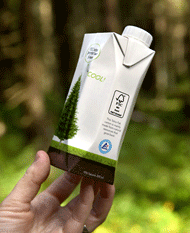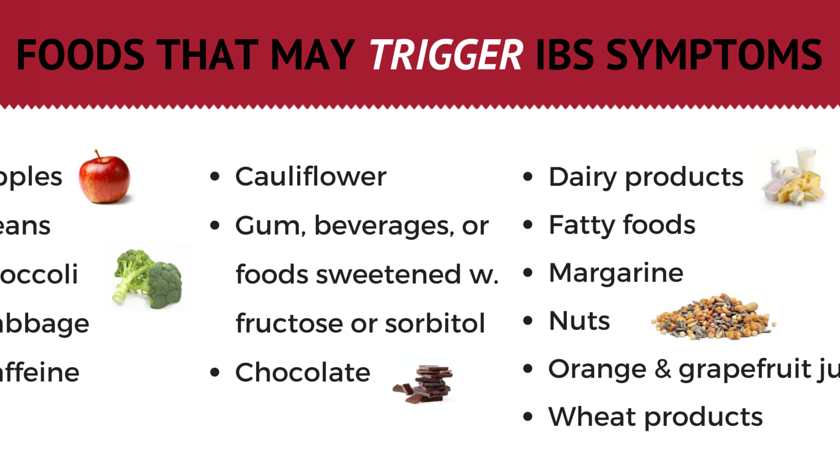Transparent Packaging: Safeguarding Consumer Health and Promoting Sustainability
By: Javid Amin
Tetra Pack, a widely used packaging material for various food and beverage products, has become a common sight in households and stores worldwide. However, concerns are mounting over the potential health hazards associated with Tetra Pack when it comes to packaging juices, especially for children who consume these beverages without understanding the contents. This has sparked the need to explore alternative packaging solutions that offer transparency and better visibility to consumers.
In addition to the aforementioned concerns, Tetra Pack packaging presents another issue—the concealment of undesirable elements. Owing to its opaque nature, Tetra Pack can obscure potential contaminants like dead insects, fungi, or even damaged or poisonous contents that may have entered the product during packaging or storage.
The inability to visually inspect the contents of a Tetra Pack poses a challenge for consumers in detecting any abnormalities before consuming the product. This risk is particularly significant for children who may not be able to identify or communicate their concerns regarding taste, smell, or foreign substances present in the beverage.
One primary concern associated with Tetra Pack is the potential presence of harmful chemicals in its composition. The layers of Tetra Pack typically consist of a combination of paper, aluminum, and plastic, with a polyethylene lining to provide liquid resistance. The plastic layer, in particular, may contain additives such as bisphenol A (BPA) or phthalates, known to have adverse effects on human health. These chemicals have been linked to hormonal disruption, developmental disorders, and an increased risk of certain cancers.
The risks become even more critical when children consume juices from Tetra Pack without understanding the potential dangers. Children are more vulnerable to the harmful effects of chemical exposure due to their developing bodies and relatively higher fluid intake compared to their body weight. Moreover, their developing immune systems and organs may be more susceptible to the adverse effects of these chemicals.
Transparent packaging materials offer a viable solution to address these concerns. Packaging options such as glass or clear plastic allow consumers, especially parents, to have a better understanding of the products they are purchasing and consuming. Transparent packaging provides visibility into the product, enabling a visual assessment of its quality, color, and consistency. With transparent packaging, parents can make more informed choices about the juices they provide to their children, ensuring they are free from potentially harmful additives and contaminants.
In addition to the health benefits, transparent packaging also promotes sustainability and environmental consciousness. It allows consumers to gauge the remaining quantity of the product, reducing the chances of wastage and facilitating better planning. Furthermore, transparent packaging materials like glass are easily recyclable and considered more environmentally friendly compared to Tetra Pack, which is challenging to recycle due to its composite structure.
While transitioning to transparent packaging may require initial investments and changes in manufacturing and packaging processes, it represents a crucial step towards ensuring consumer safety, particularly for children. Manufacturers, regulators, and policymakers should collaborate to explore alternative packaging options, promote transparency, and prioritize the health and well-being of consumers.
In conclusion, the use of Tetra Pack for packaging juices raises concerns about potential health hazards, particularly for children unaware of the contents. The presence of chemicals in the packaging material poses risks to human health, underscoring the importance of transparent packaging solutions. Transparent packaging not only provides visibility and information to consumers but also fosters sustainability. It is essential for all stakeholders to advocate for transparent packaging alternatives and prioritize consumer safety and well-being.






